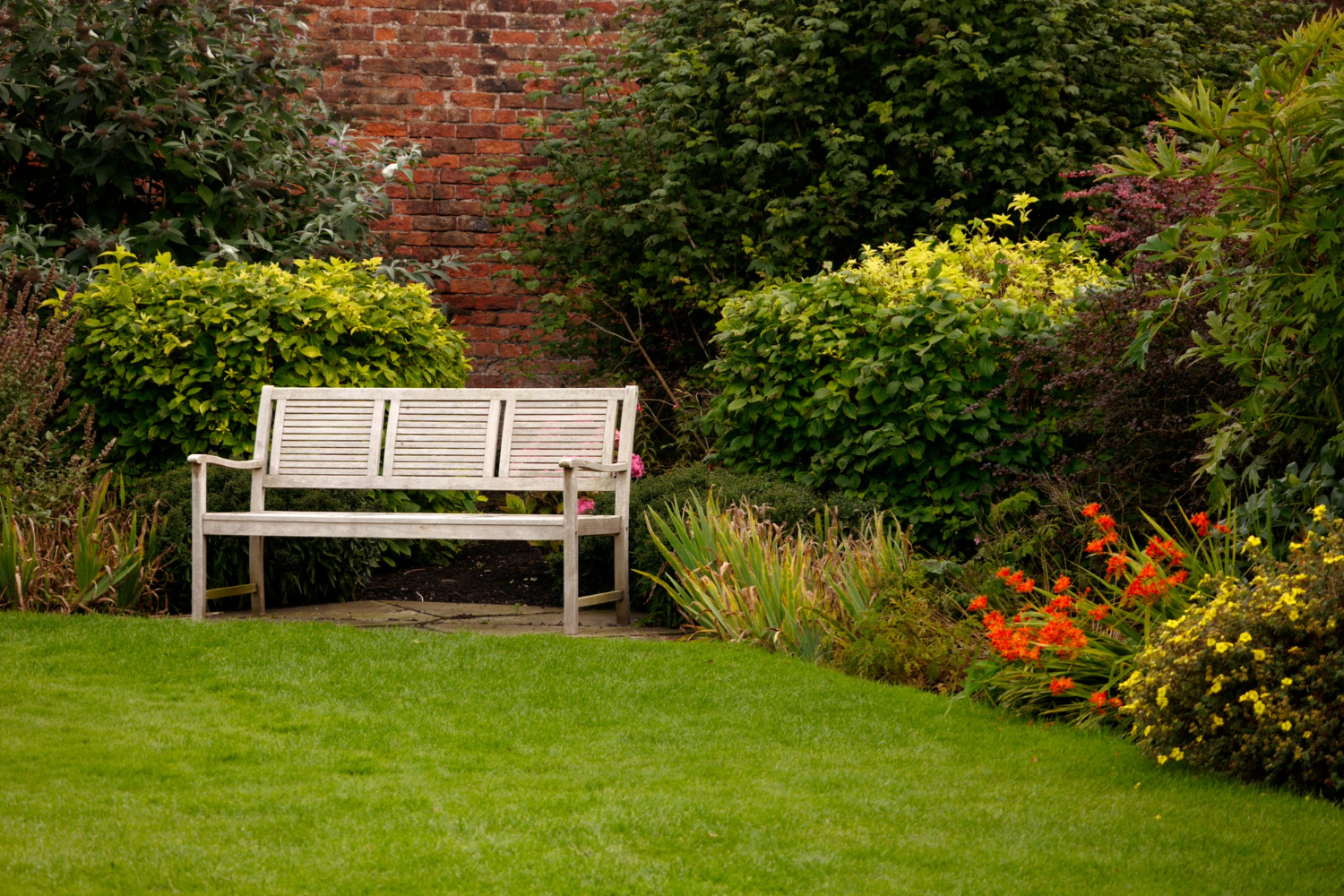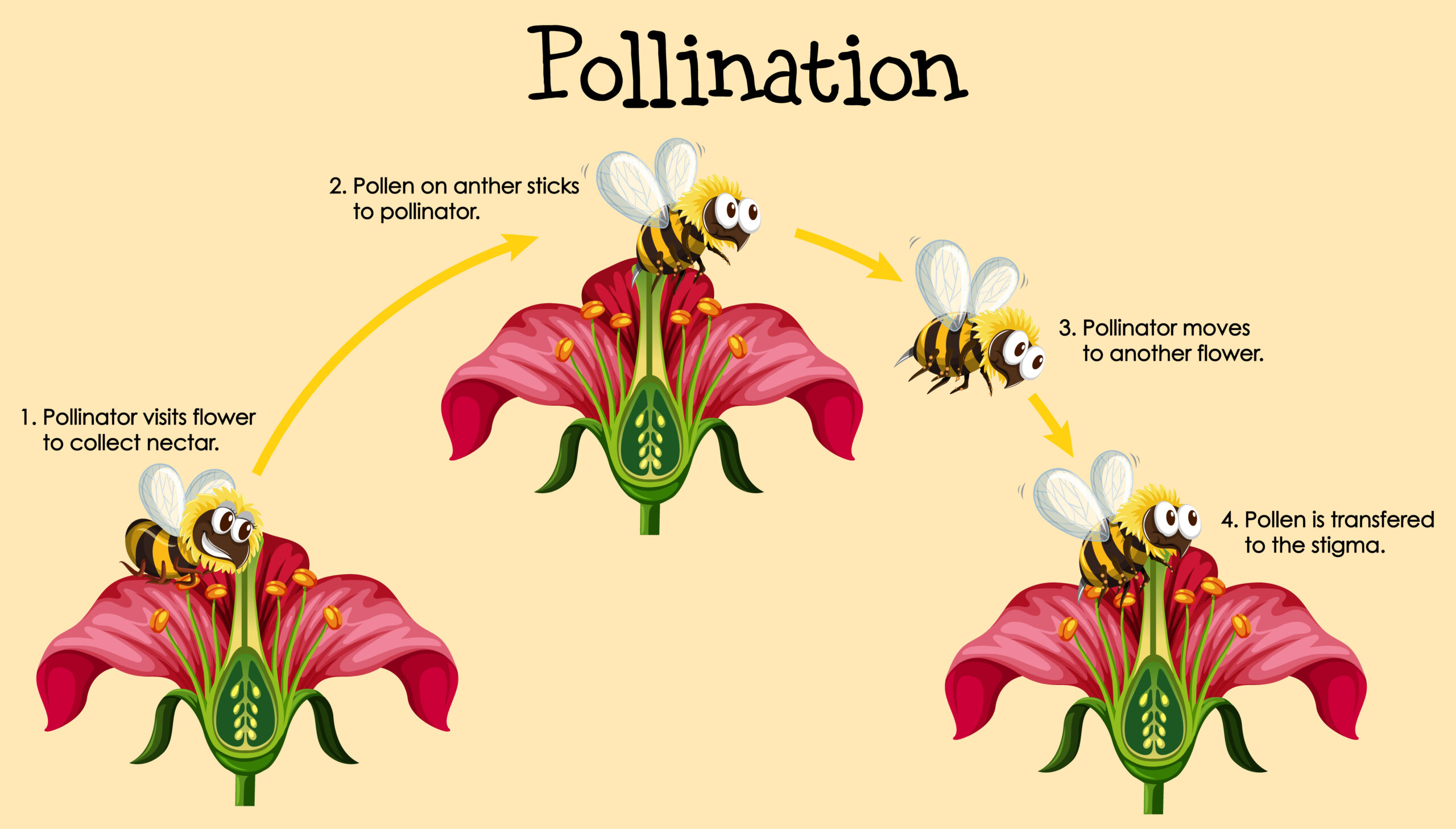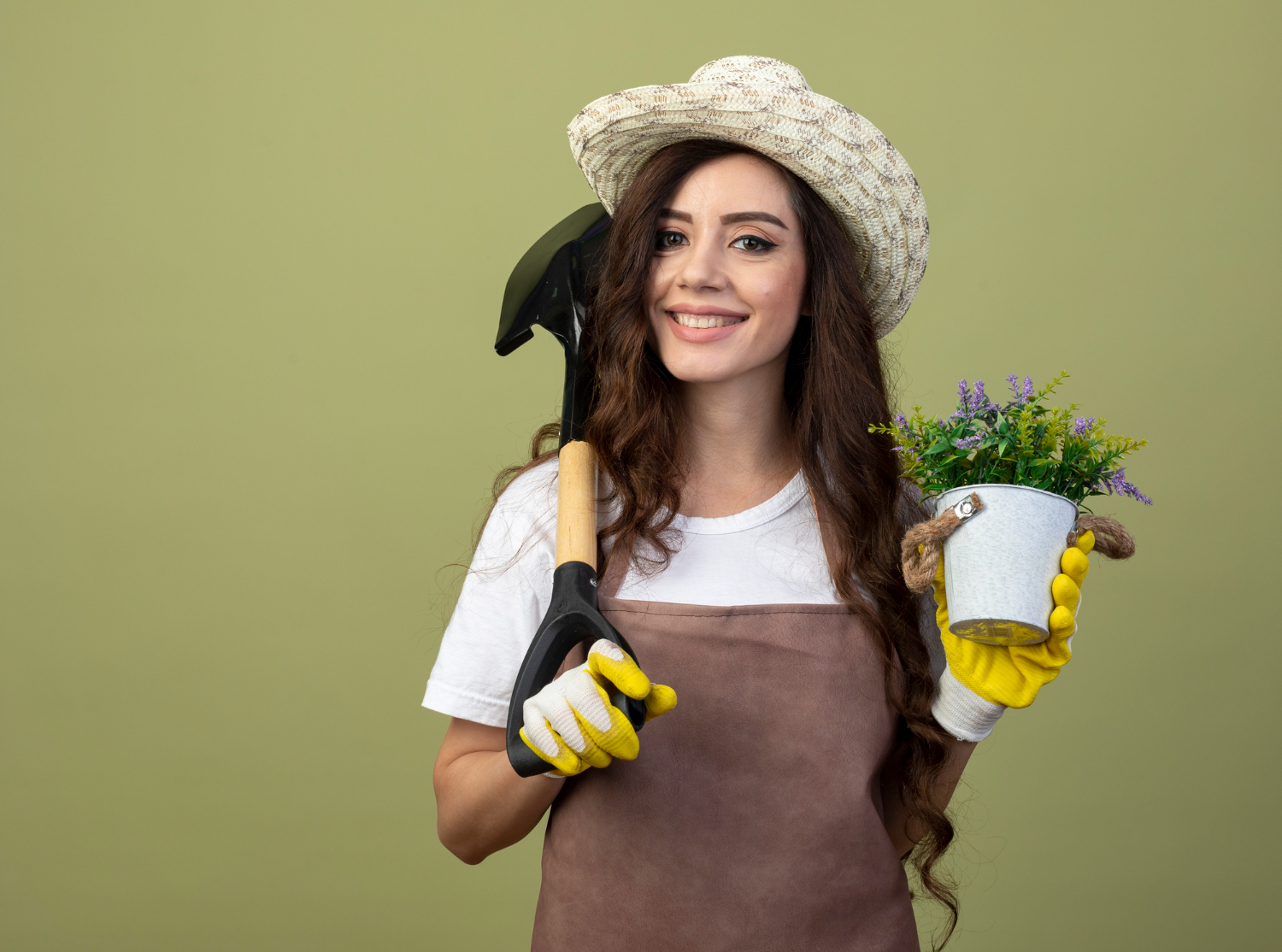You’ve been thinking about it for a while now – the idea of having your own greenhouse. The thought of growing your own plants, vegetables, and herbs in the comfort of your own backyard is appealing, but you’re not sure where to start.
That’s where this ultimate guide to home greenhouses comes in. Whether you’re an experienced gardener or just starting out a home greenhouse can provide many benefits. It’s a great way to extend your growing season, protect your plants from harsh weather conditions, and even save money on groceries.
But with so many different types of greenhouses available, it can be overwhelming to choose the right one for your needs. In this guide, we’ll take you through everything you need to know to set up and maintain a successful home greenhouse, from choosing the right location and materials to growing plants and controlling pests.
So let’s get started and turn your backyard into a thriving oasis!
Understanding the Benefits of Home Greenhouses
You’re probably wondering why having a greenhouse in your backyard is such a game-changer.
Well, for starters, it allows you to grow your own produce all year round.
No more waiting for the right season to plant or depending on the grocery store for fresh fruits and veggies.
With a greenhouse, you have access to fresh produce that you can harvest whenever you want.
Plus, you get the added benefit of knowing exactly how your food was grown and what went into it.
Another benefit of having a home greenhouse is that it enables you to practice sustainable gardening techniques.
DIY greenhouse projects let you control the environment your plants grow in, which means you can avoid using harmful chemicals and pesticides.
You can also use organic soil and compost to nourish your plants, which is not only better for the environment but also for your health.
Additionally, growing your own produce reduces your carbon footprint by eliminating the need for transportation and packaging.
Overall, owning a greenhouse is not only good for your health but also for the planet.
Choosing the Right Type of Greenhouse for Your Needs
Pick the perfect type of greenhouse to perfectly suit your purpose by pondering and prioritizing your preferences.
The first thing to consider is the size of the greenhouse you need. If you have a small backyard or limited space, a lean-to greenhouse may be the best choice. A free-standing greenhouse offers more space and flexibility.
Another factor to consider is the material of the greenhouse. Glass is the most popular choice, but it’s also the most expensive. Polycarbonate is a cheaper alternative that’s also lightweight and durable.
Greenhouse ventilation is another important aspect to consider. If your greenhouse doesn’t have proper ventilation, your plants may suffer from mould, fungus, and other problems. You can choose between natural ventilation, such as windows or vents, or mechanical ventilation, such as fans or evaporative coolers.
Finally, you need to think about greenhouse heating options. If you live in a cold climate, you’ll need a heating system to keep your plants warm during the winter months. Electric heaters, propane heaters, and wood stoves are all popular options.
With these factors in mind, you can choose the right type of greenhouse for your needs.
Setting Up Your Home Greenhouse: Location, Materials, and Design
When setting up your greenhouse, it’s important to consider the location, materials, and design to create the optimal environment for your plants to thrive.
Let’s start with the location options. You’ll want to choose a spot that receives ample sunlight throughout the day and is protected from strong winds. Depending on your budget considerations, you can either choose to build a freestanding greenhouse or attach it to your home. Keep in mind that if you choose an attached greenhouse, it may limit the amount of sunlight that reaches your other windows.
Next, let’s talk about materials and design. The most common materials used for greenhouses are glass, polycarbonate, and polyethene. Glass is the most durable and provides the clearest view, but it’s also the most expensive. Polycarbonate is a great alternative to glass as it’s more affordable and offers better insulation. Polyethene is the least expensive option, but it’s not as durable as glass or polycarbonate.
As for the design, make sure to choose a size that fits your needs and allows for proper air circulation. You’ll also want to consider the type of ventilation system you’ll need and if you’ll require heating or cooling equipment.
With these factors in mind, you’ll be well on your way to setting up a successful home greenhouse.
Maintaining Your Home Greenhouse: Temperature, Humidity, and Pest Control
Maintaining your home greenhouse can be a challenging task, but it’s essential to ensure your plants thrive throughout the year.
One of the most important factors to consider is temperature control. You need to ensure that your greenhouse stays warm during the winter months and cool during the summer. Proper thermal insulation can help you achieve this. Adding insulation to your greenhouse walls, ceiling, and floor can help retain heat and prevent temperature fluctuations. You can use various materials such as bubble wrap, polycarbonate sheets, and fiberglass to insulate your greenhouse.
Proper ventilation is also crucial to maintaining your home greenhouse. Overheating can cause damage to your plants and create a breeding ground for pests and diseases. A well-ventilated greenhouse allows fresh air to circulate and helps regulate temperature and humidity levels. You can use vents, fans, and louvers to control the airflow and ensure your plants have the optimal growing conditions.
Additionally, it’s important to keep an eye on pest control in your greenhouse. You can use natural remedies like neem oil or insecticidal soap to control common pests like spider mites, aphids, and whiteflies. Regular maintenance and care can help prevent pest infestations and keep your plants healthy and thriving.
Growing Plants in Your Home Greenhouse: Tips and Tricks for Success
If you want to grow healthy and thriving plants in your greenhouse, you’ll need to keep in mind some tips and tricks that will help you achieve success.
First and foremost, make sure to choose the right plants for your greenhouse. Some plants require specific conditions to grow, such as high humidity or low light levels. Do some research and choose plants that will thrive in the conditions you can provide.
Secondly, proper lighting techniques are crucial for successful plant growth in a greenhouse. Make sure to provide enough light for your plants, especially during the winter months when natural light levels are lower. Consider using artificial lighting, such as fluorescent or LED grow lights, to supplement natural light.
Keep in mind that different plants have different lighting requirements, so be sure to tailor your lighting setup to the specific needs of your plants.
With the right plant selection and lighting techniques, you’ll be well on your way to growing healthy and thriving plants in your home greenhouse.
Conclusion
Congratulations! You’re now equipped with the ultimate guide to home greenhouses.
By now, you understand the benefits of having a greenhouse in your backyard and how to choose the right type of greenhouse for your needs. You also know how to set up your home greenhouse, including the best location, materials, and design.
But the work doesn’t stop there. Maintaining your home greenhouse is crucial to its success, and we’ve covered everything from temperature and humidity control to pest control.
And finally, we’ve shared some tips and tricks for growing plants in your home greenhouse, so you can enjoy a thriving garden all year round.
Remember, a home greenhouse is a great investment for any plant enthusiast, and with the right knowledge and tools, you can achieve incredible results. So go ahead, put your green thumb to the test and create your own little oasis.
As the famous gardener, Luther Burbank, once said, “Flowers always make people better, happier, and more helpful; they are sunshine, food, and medicine for the soul.”










